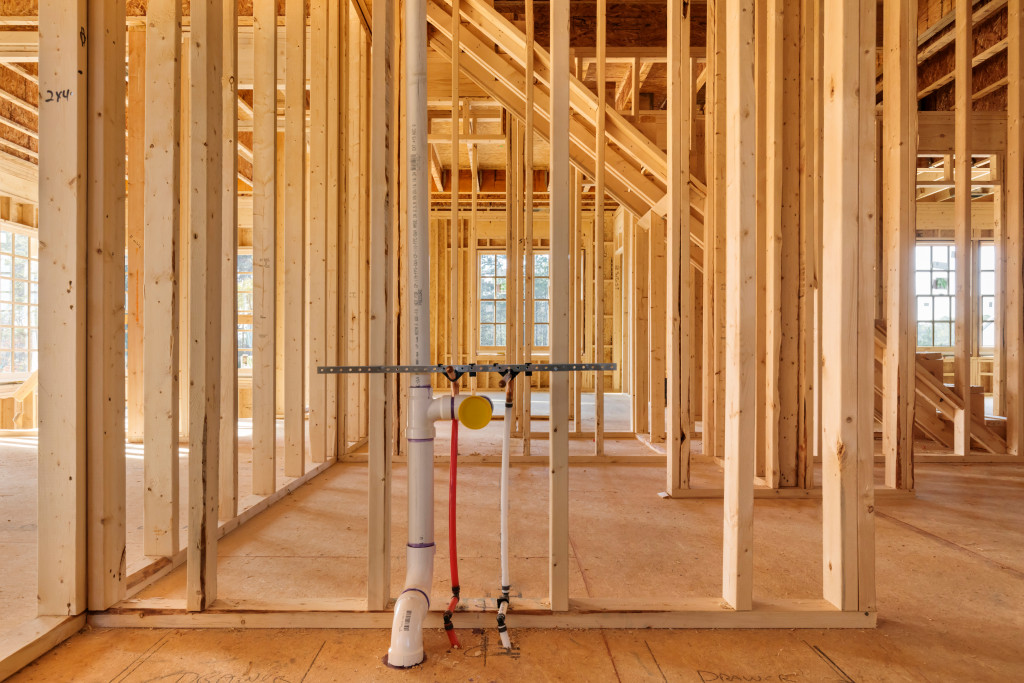When it comes to durable goods, the longer things last, the better. That is why most providers, companies, and businesses of such offer longevity as one of their selling points. This is even more evident when talking about structures.
Our homes, offices, commercial establishments, and even monuments are made to make sure that they’ll be around for as long as possible. The possibility of having multiple generations use them is something to be considered when it comes to construction.
Now is a good time to think about making structures last and doing what we can to make sure that not only is it long-lasting, but also safe for us to use every time.
Maintenance and Clean-Up
In a home, there would usually be weekly cleaning. While that mostly serves as a sanitary or health measure, it can also contribute to the longevity of the structure. For example, wood, if left unchecked, could have deformities or even holes if not appropriately treated.
For larger structures such as offices or skyscrapers, it may take a specific group of people to do the maintenance job. Larger structures mean that there’s more exposure to wear-and-tear that builds over time, especially when there’s an abundance of people present during operation hours.
If need be, repairs or additions should be done on issues such as cracks, which can lead to a breakdown if they’re not fixed with concrete sealers in Utah.
Construction Materials
A complete structure can have a multitude of materials, and all of them work to make it durable. From the ground up, they are mostly composed of concrete. It’s used for the foundation, which should be in the best quality since it needs to be stable and hold the rest of the structure up.
Steel is also an important component as it serves as reinforcement for the concrete, as well as for setting the framework. Wood and stone are also important as they’re used as building materials since antiquity and has proved to be long-lasting as you can see with most ancient wonders.
It’s not just about the materials themselves, but how they’re being used and placed to serve their purposes.
Future Development

While we make sure that structures will last as long as possible when we build them, there’s also the possibility of improving on what’s already on site. The purposes may vary and include putting in additional rooms or spaces.
They also include giving it an aesthetic make-over, matching a brand overhaul for business establishments, or even creating additional structures. Keeping a structure alive and well may also call for renovations as with the case of important buildings such as theaters, historical sites, and government offices.
It can also help determine underlying problems that can’t be seen on the surface.
Structures such as homes and buildings last the longest when they’re cared for. And to be effective at maintaining them, we need to understand that they’re always susceptible to the elements and natural disasters.
Also, we need to realize that they won’t last forever, and at some point, something is going to give way. However, we can always do something to reinforce and strengthen the weak link and solve the problem before it becomes a bigger one.





